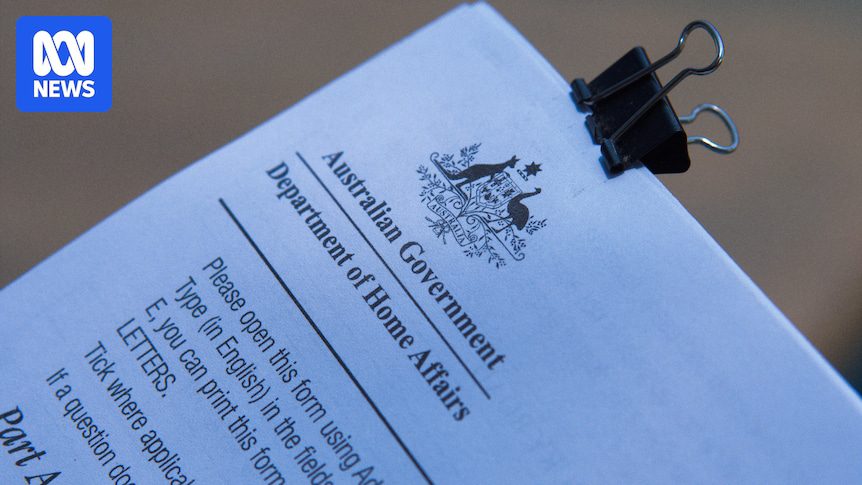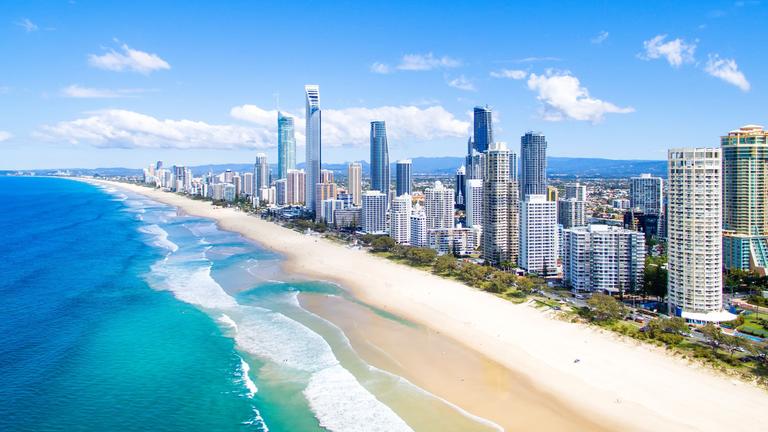Australia’s Productivity Problem: What’s Going Wrong?

Understanding Australia’s Productivity Challenges
You may have heard discussions around Australia’s productivity and how it links to migration and energy costs. While it’s a complex issue, let’s break it down in a way that’s easy to understand, especially for those considering moving to Australia or New Zealand.
Current Situation of Immigration
Australia is often praised for its immigration program, but many argue it doesn’t effectively contribute to boosting productivity. Some believe the programme is simply too vast and not well-focused on meeting the country’s actual needs.
Key takeaway: While skilled migration is a large part of the programme, evidence shows that many newcomers tend to be lower-skilled workers.
The migration system offers various visas, such as the 482 visa, which lets employers sponsor skilled workers to fill positions they can’t find locals for, and the 189 visa for skilled workers who are invited to apply based on their skills without needing a job offer. For those seeking state sponsorship, there’s the 190 visa, and the 491 visa is available for regional areas. If you’re looking to explore these pathways, it’s essential to do your homework to ensure you’re applying for the right visa.
The Skills Gap
One of the primary concerns is the mismatch between the skills of incoming migrants and the skills needed in Australia’s workforce. Many people arriving under current visa programmes may not possess the specific talents that could directly enhance productivity. This situation highlights the importance of ensuring that future migration strategies align with the genuine requirements of the Australian economy.
When considering migration, think about how your skills fit into the current job market. Understanding this relationship will help you position yourself better for job opportunities.
Energy Costs and Their Impact
Alongside immigration, another critical factor affecting productivity in Australia is energy costs. The high expense of energy impacts businesses’ ability to operate efficiently. This situation creates fewer opportunities and can stifle job growth in many sectors.
As an international job seeker, it’s useful to keep in mind that industries affected by high energy costs may be less inclined to hire, which could influence your job search. Ultimately, a stable and affordable energy supply is crucial for creating a healthy job market.
Seeking Opportunities
Despite these challenges, Australia remains a land full of opportunities for skilled migrants. If you’re exploring the possibility of moving, focusing on sectors that are thriving can be beneficial. Areas such as healthcare, technology, and engineering often have a higher demand for skilled workers, which can enhance your chances of securing a visa and employment.
In addition, consider familiarising yourself with systems like SkillSelect, which is the online system used by the Australian government to manage skilled migration. It helps you submit an Expression of Interest (EOI) if you meet the necessary requirements.
Final Thoughts
Navigating your future in Australia, whether through employment or permanent residency, might initially feel overwhelming. However, understanding the migration system and its implications on job opportunities can empower you to make informed decisions.
Key takeaway: The debate surrounding immigration and productivity is ongoing. Always stay updated on the changes in migration policies that could affect your prospects.
What do you think?
Have a question about this topic or your own plans to move to Australia or New Zealand? Scroll down and leave a comment. We’d love to hear from you.
Thinking about moving to Australia?
Join our free and supportive community at Oz Visa Forum.
Post in our forums to get advice and support from people who’ve already made the move.
Not sure where to start? Click here to get started.







Responses